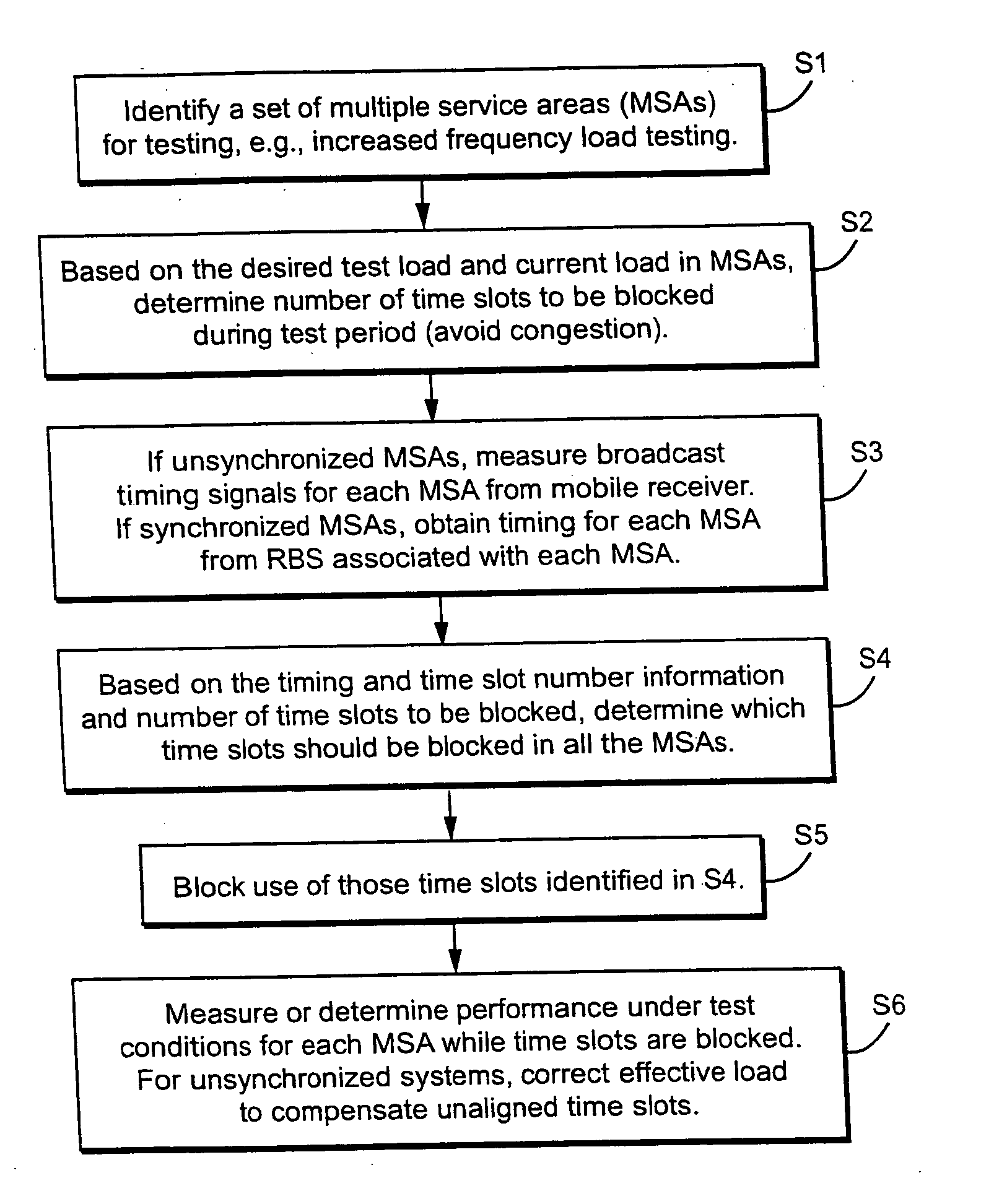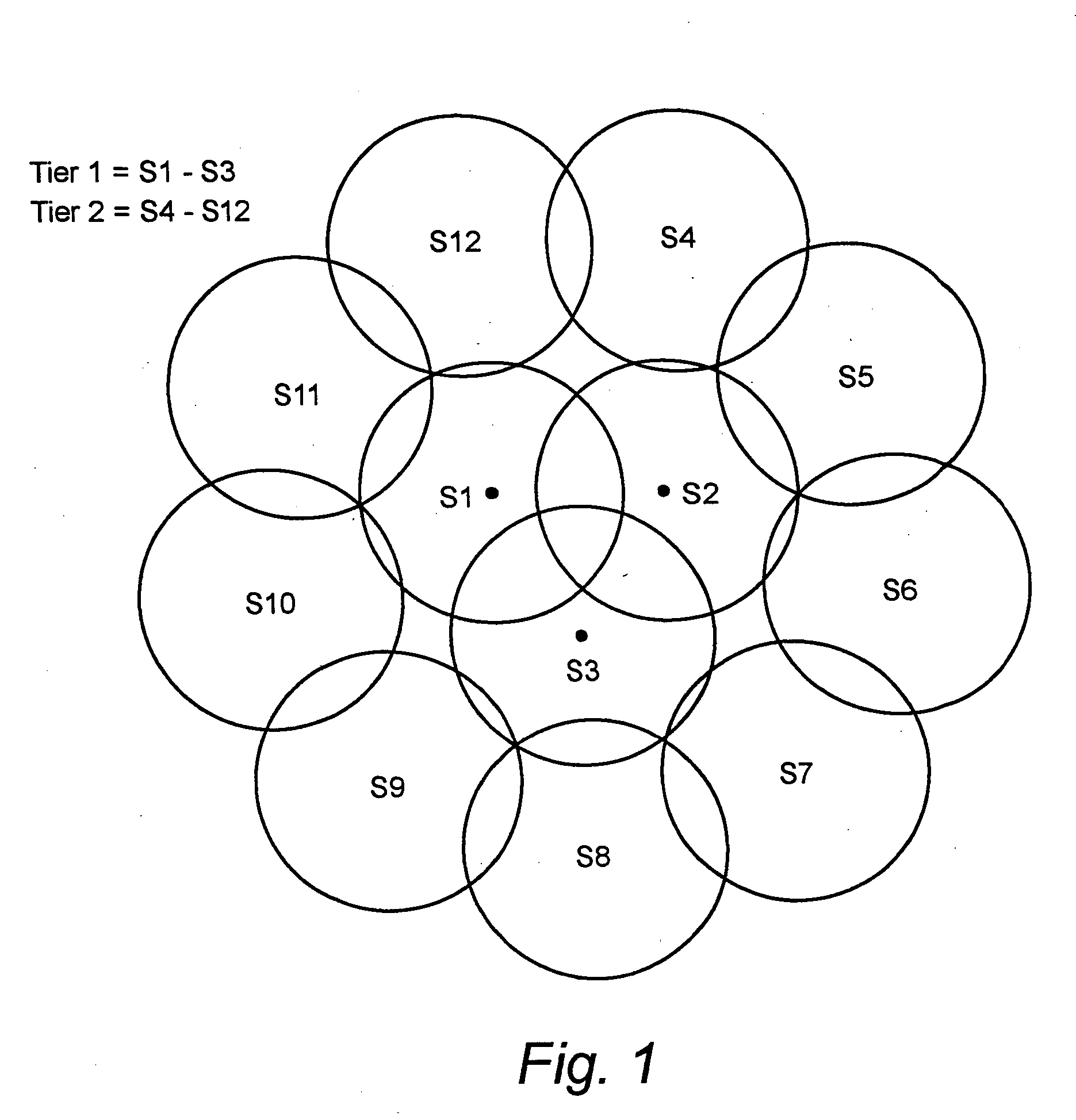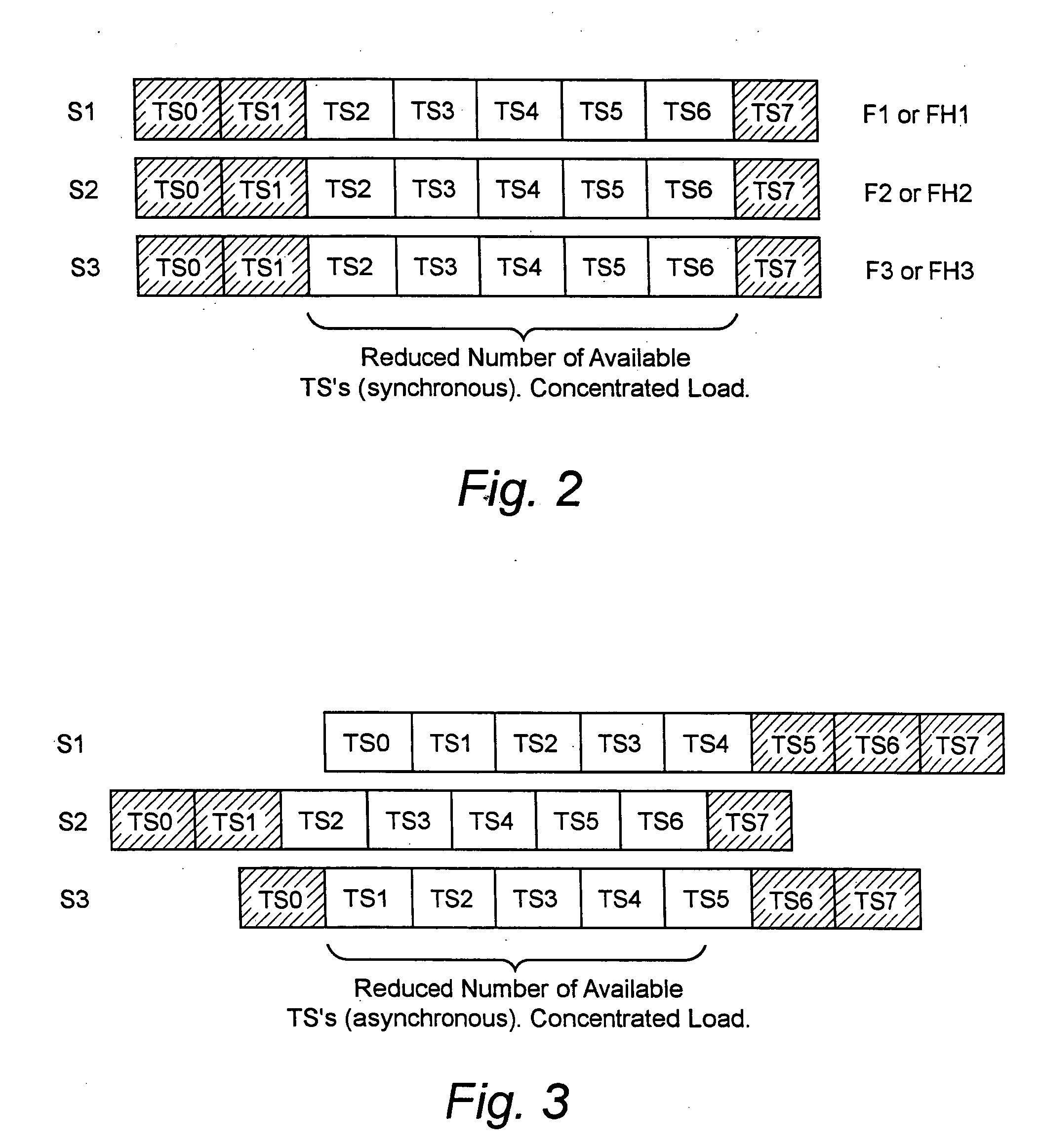Method and apparatus for testing a radio network
a radio network and radio communication technology, applied in the field of system for testing cellular radio communication networks, can solve the problems of time-consuming and expensive manual loading process, difficulty in accurately providing this kind of information, and large number of people, so as to improve accessibility, improve accuracy, and increase capacity
- Summary
- Abstract
- Description
- Claims
- Application Information
AI Technical Summary
Benefits of technology
Problems solved by technology
Method used
Image
Examples
Embodiment Construction
[0022] The following description sets forth specific details, such as particular embodiments, procedures, techniques, etc., for purposes of explanation and not limitation. But it will be appreciated by one skilled in the art that other embodiments may be employed apart from these specific details. For example, although the following description makes reference to GSM-type radio resources, including time slots and frequency hopping, the invention may be employed in virtually any type of radio communication system in which time is a factor in allocating and using radio resources. In some instances, detailed descriptions of well-known methods, interfaces, circuits, etc., are omitted so as not to obscure the description with unnecessary detail. Moreover, individual blocks are shown in some of the figures. Those skilled in the art will appreciate that the functions of those blocks may be implemented using individual hardware circuits, using software program products in conjunction with a...
PUM
 Login to View More
Login to View More Abstract
Description
Claims
Application Information
 Login to View More
Login to View More - R&D
- Intellectual Property
- Life Sciences
- Materials
- Tech Scout
- Unparalleled Data Quality
- Higher Quality Content
- 60% Fewer Hallucinations
Browse by: Latest US Patents, China's latest patents, Technical Efficacy Thesaurus, Application Domain, Technology Topic, Popular Technical Reports.
© 2025 PatSnap. All rights reserved.Legal|Privacy policy|Modern Slavery Act Transparency Statement|Sitemap|About US| Contact US: help@patsnap.com



